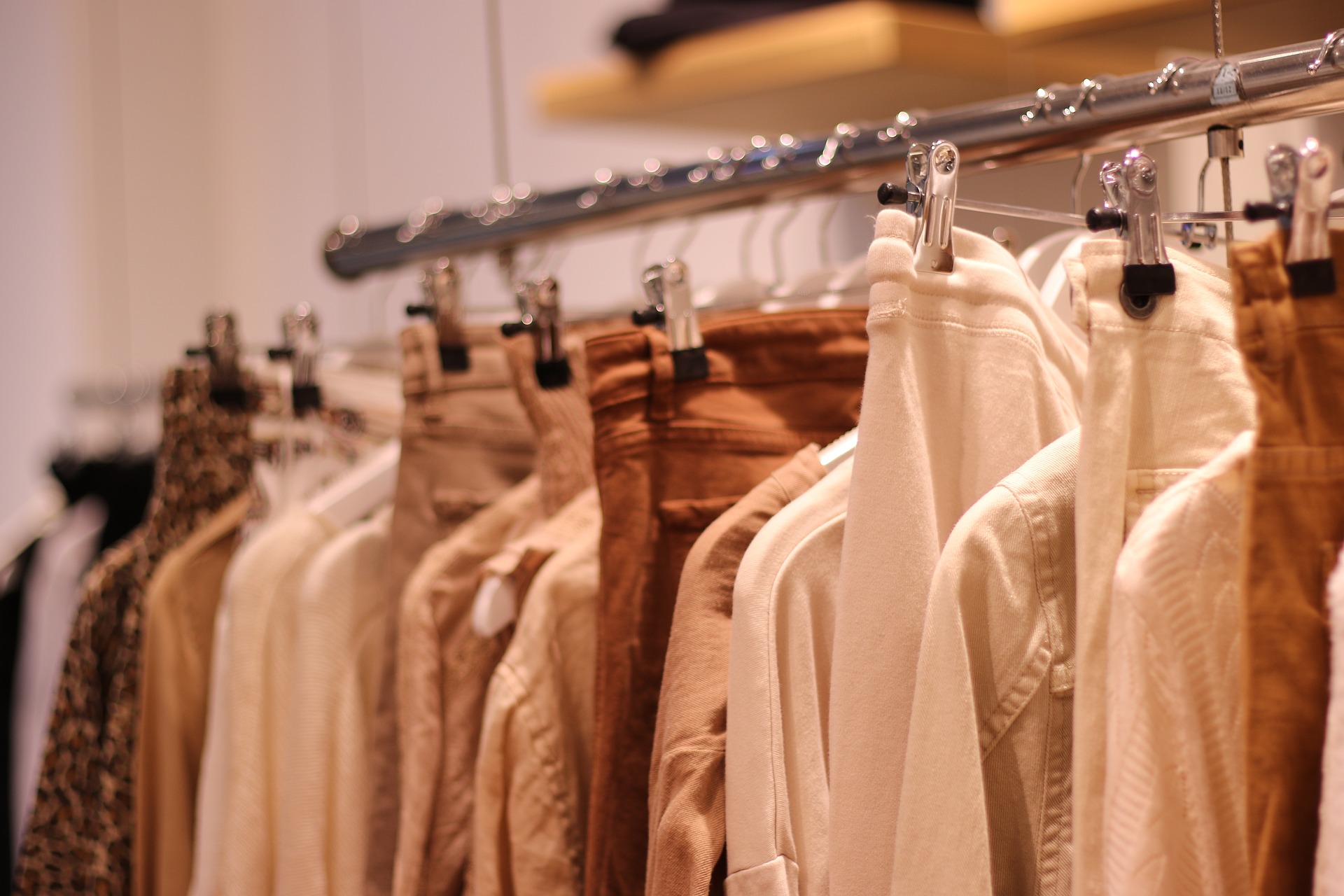Mens Underwear: Styles, Fit, Patterns, and Colors
Choosing men's underwear involves more than picking a pair that covers — it intersects with comfort, daily activity, personal style, and even long-term fabric care. Modern underwear lines offer a wide range of cuts, fabrics, and design details that respond to evolving tastes and practical needs. This article breaks down current trends, the role of patterns and colors, how fit affects comfort and health, and how garments can express a masculine aesthetic, so you can make informed decisions about what to wear every day.
What are current trends in men’s underwear?
Recent shifts emphasize versatility and performance without sacrificing style. Breathable technical fabrics, seamless construction, and adaptive waistbands show up across briefs, trunks, and boxer briefs, catering to both athletic and everyday use. Sustainability is also influencing the market: recycled materials and low-impact dyes are becoming more common. Designers frequently blend classic silhouettes with modern details—micro-mesh panels for ventilation, contoured pouches for support, and tagless labels for comfort—so trends are balancing function and refined simplicity.
How do patterns affect style and function?
Patterns do more than decorate; they communicate personality and can influence perceived fit. Smaller, repeating prints like micro-checks or thin stripes often read as subtle and conservative, while bold geometrics or large florals feel expressive and contemporary. Functionally, pattern placement and printing techniques can affect fabric stretch and breathability—dense prints may slightly reduce airflow on natural fibers, whereas knitted patterns maintain structure without impeding ventilation. When choosing patterned pieces, consider how they pair with outerwear and what mood you want to convey for daily wear.
What colors work for different wardrobes?
Color choices range from foundational neutrals—black, white, navy, and gray—to seasonal or statement hues like burgundy, teal, or pastels. Neutral colors offer versatility and pair discreetly with most outfits, while deeper tones can feel more formal or restrained. Brighter or contrasting colors suit casual contexts or reflect personal style. Consider skin tone and wardrobe palette: cooler colors often complement cool-toned clothing, whereas warm shades can harmonize with earthier garments. Fabric type also influences colorfastness; some dyes perform better on synthetics than on natural fibers.
How should underwear fit for comfort and health?
Proper fit balances support and freedom of movement. The waistband should sit comfortably without digging in or rolling, while the leg openings should prevent chafing and allow natural motion. The pouch or front panel should provide gentle support without excessive compression; too-tight garments can trap heat and moisture, which may irritate skin over time. For athletic activity, consider a snugger fit and moisture-wicking fabric; for lounging, softer, slightly looser cuts can be more comfortable. Pay attention to size charts and try different brands—sizing can vary substantially between manufacturers.
This article is for informational purposes only and should not be considered medical advice. Please consult a qualified healthcare professional for personalized guidance and treatment.
How do choices reflect a masculine aesthetic?
Masculine aesthetics in underwear are subjective and culturally influenced, often emphasizing structure, muted palettes, and clean lines. Some prefer minimalism—solid colors and simple cuts—while others interpret masculinity through rugged fabrics, reinforced stitching, or utility-inspired details. Personal comfort and confidence are central: garments that fit well and suit daily routines tend to align more closely with an individual’s sense of masculinity than any single design trope. It’s increasingly common to blend traditional masculine cues with softer textures or unexpected colors for a nuanced look.
In summary, choosing men’s underwear means balancing trends, patterns, colors, and fit against personal comfort, activity level, and the image you want to project. Pay attention to fabric performance, construction details, and accurate sizing rather than following labels alone. Thoughtful selection and proper care can improve daily comfort and prolong the useful life of your underwear, allowing a practical yet stylish foundation for any wardrobe.






